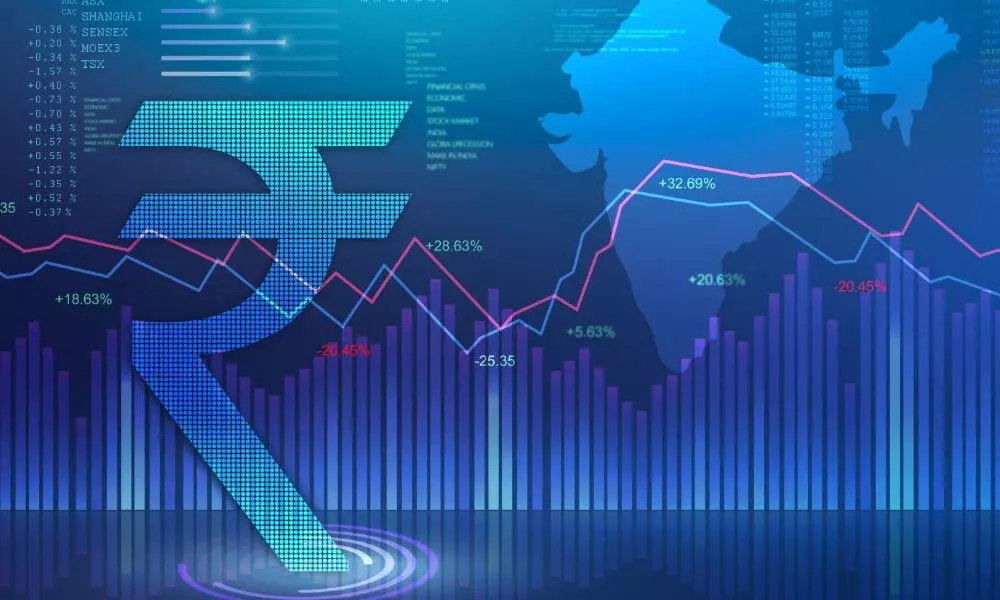How digital rupee can fuel India's $1 trn digital economy dream
Budgetary announcement of India floating a digital currency is a milestone moment. Reports suggest that Reserve Bank of India is likely to come up with a digital rupee in early 2023.
image for illustrative purpose

Budgetary announcement of India floating a digital currency is a milestone moment. Reports suggest that Reserve Bank of India is likely to come up with a digital rupee in early 2023. Once it happens, India will be the first major economy to have its own digital currency. Globally, Central Bank Digital Currency (CBDC) is a much-debated theme with many nations mulling to float such virtual currency. In the cryptocurrency era, CBDC has a lot of significance. Firstly, it will be backed by the sovereign. Secondly, it will be big boost to the digital payment ecosystem in the country. India is already witnessing transactions touching record high through UPI (Unified Payments Interface).
In January 2022, UPI transactions touched the highest ever monthly value of Rs 8.32 lakh crore. Digital rupee is likely further strengthen this payment ecosystem. Because, an electronic form of fiat currency will act exactly as a digital wallet provided currently by the private players. Instead of holding a note, an individual will be holding a digital currency in his/her phone, which can be transferred to any merchant for doing transactions. As it is backed by sovereign, the payment spectrum can also be larger.
Moreover, tracking the digital rupee will also be easier. Because, like normal fiat currency, digital currency issued by the RBI will also be numbered in units. Blockchain technology is also likely to play a crucial role in the tracking and tracing of the digital rupee. The digital rupee blockchain, being developed by the Reserve Bank, would be able to trace all transactions, unlike the current system of mobile wallet offered by private companies. This will, in many ways, assuage the concerns arising from virtual currencies like cryptos where the tracing process seems to be opaque, leading to money laundering possibilities. Through CBDC, these fears will be largely allayed as the central bank will be able to gauge the money flow apart from tracking suspicious transactions.
Indian fintech ecosystem is burgeoning. Fintechs operating in the country raised a record $9 billion in 2021, setting the tone for the funding and growth boom to continue in 2022, according to data by Traxcn. Of the 43 startups that turned unicorns, 12 were from the fintech space. A unicorn is a privately held entity with a valuation of $1 billion or above. This ecosystem is based on technology-led innovations. The advent of digital currency will provide further boost to innovative solutions as fintechs will be able to build technology stack based on digital rupee. So, the speed of financial inclusion is definitely set to rise in coming years. The penetration of digital payments is increasing each passing day. Digital currency is expected to provide further momentum to this trend.
India is trying to create a $1 trillion digital economy by 2025. Apart from UPI, digital currency has the potential to make this dream realised within the set timeframe. While digital currency has given the clarity to the virtual currency ecosystem, it is imperative that the government finalises the regulations with regard to cryptocurrencies. Taxation proposals announced in the budget is definitely a first step in this direction. As more clarity emerges, India can be the epicentre of financial innovation in coming years.

